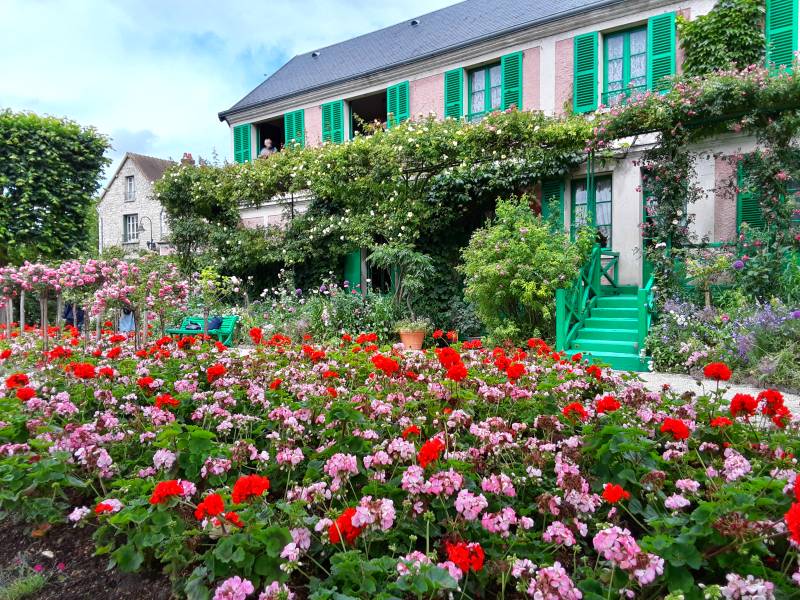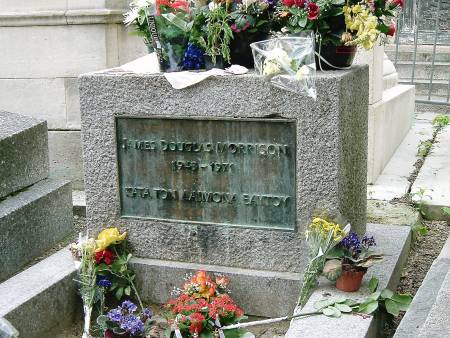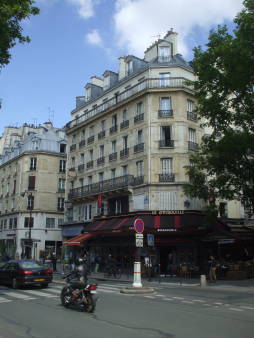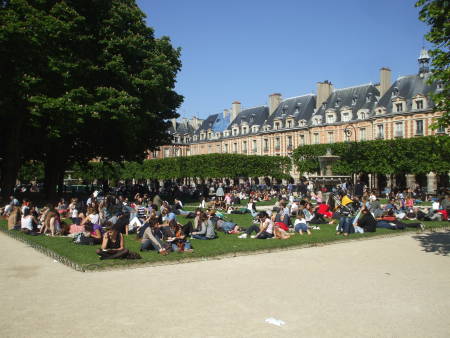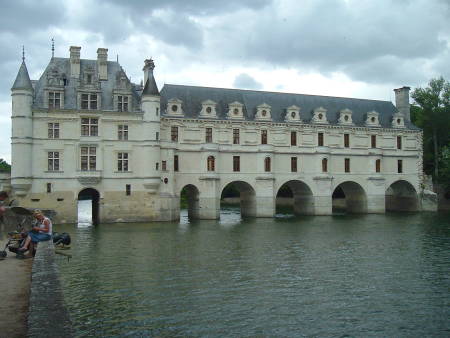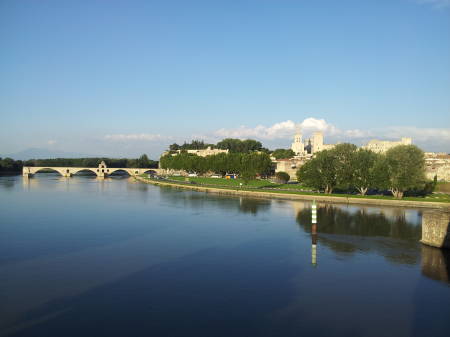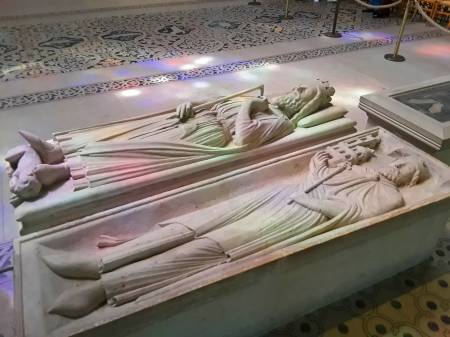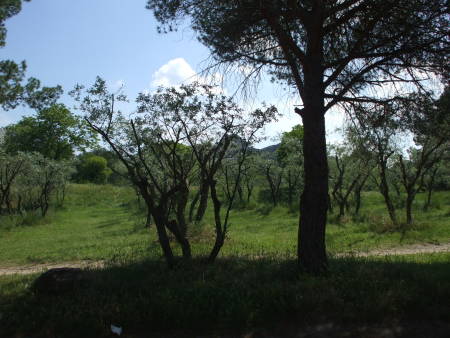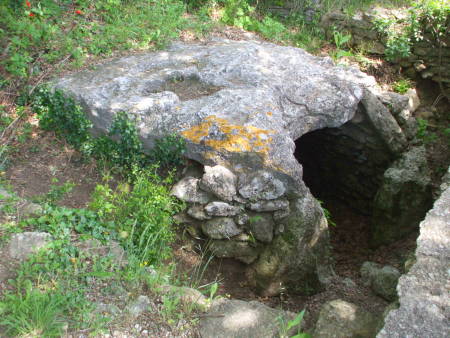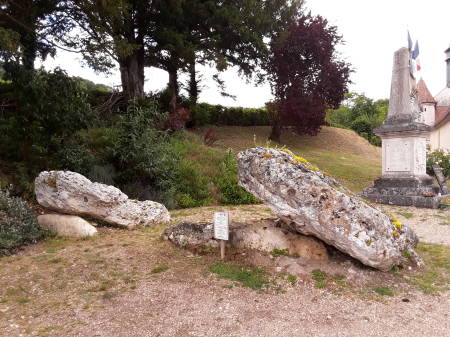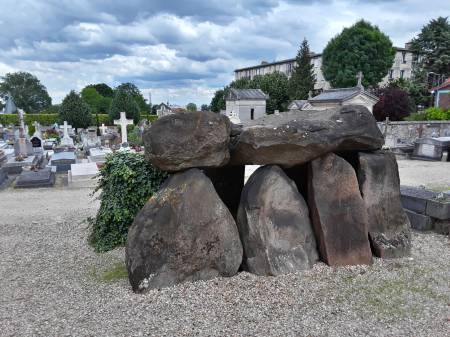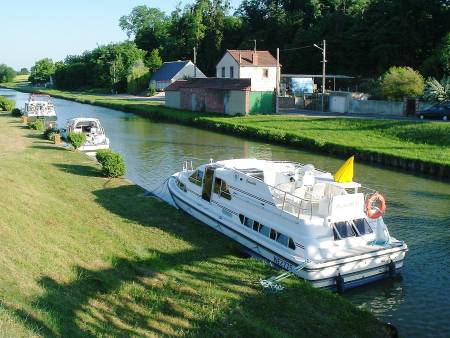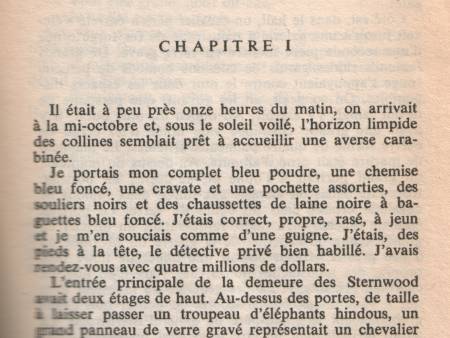
Giverny Dolmen
A Megalithic Dolmen structure in Giverny, in Upper Normandy
When you visit
Claude Monet's home at Giverny,
also walk through the village to visit the cemetery where the
Monet family is buried.
It's at l'église Sainte-Radegonde,
the church of Sainte Radegonde.
The church was first built in the 11th and 12th centuries.
The half-circle choir is the oldest surviving section.
The church was significantly enlarged in the late 15th century.
As you come down from the cemetery, you see the remains of a
dolmen, a neolithic burial structure,
close to the church.

Radegonde (519-587) was the daughter of Berthaire, the king of Thuringia. She wanted to become a nun, but her father married her to Clothaire, who became king of the Franks.
After Radegonde had been queen of the Franks for a few years, Clothaire murdered her brother. She left him to become a nun. She fled to Poitiers and created the abbey of Sainte-Croix.
After her death in 587, people prayed to her to be cured of skin diseases.
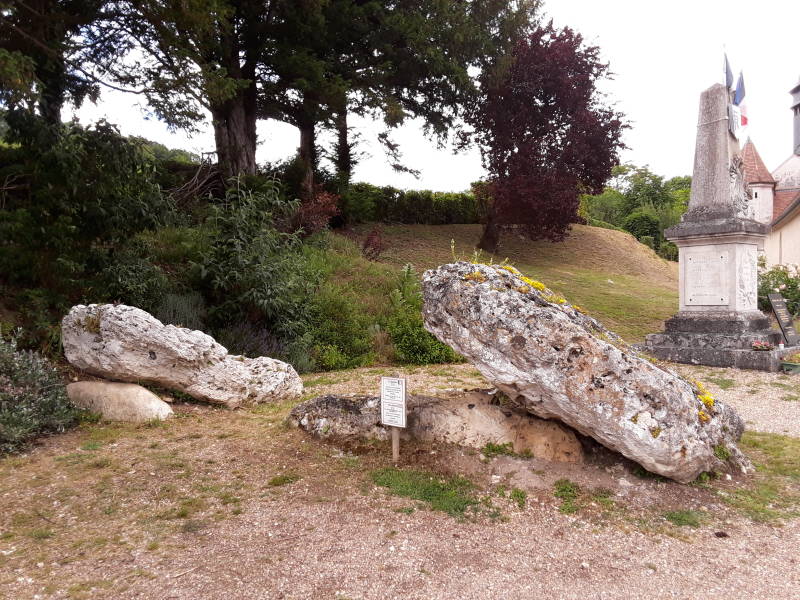
The church had deteriorated over the centuries, and it was damaged during the battles to liberate France in 1944. There was a major renovation program in 2008-2010.
Pierre TourneresseThe dolmen was more fully excavated in 2015. It was probably just partially exposed before that, like Pierre Tourneresse at Cairon, near Caen in Normandy. Now the dolmen is disassembled, with only some of the pieces remaining and somewhat jumbled.
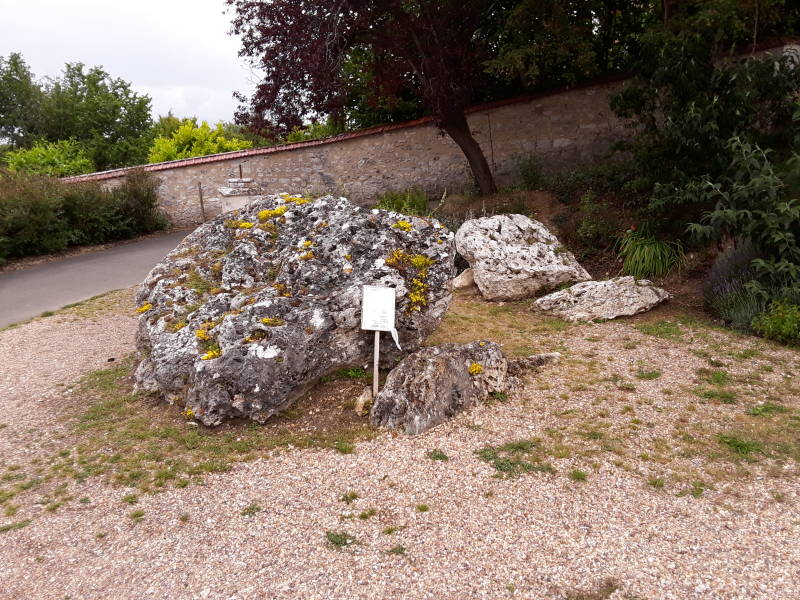
A sign at the church describes the dolmen as The Stone of Saint Radegonde.
A small sign at the dolmen itself says that it dates to about 2000 B.C. It also says that it was "known to cure skin diseases" and it was "Christianized in 500 A.D."
So, the legend of Saint Radegonde has been expanded to include this Neolithic structure from about 2,500 years before she was born.
This is the usual pattern, where a Christian church is built with retroactive claims of triumph over earlier religious uses of the site. A classic example is the church of Maria Supra Minerva in Rome, "Mary Over Minerva", or "Our Goddess Beats The Earlier One".
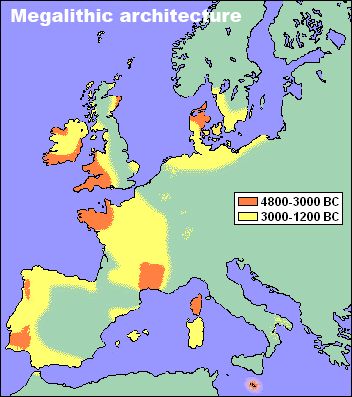
Map of the development of megalithic architecture in Stone Age Europe.
Megalithic culture in this area originated in Brittany in 4800-3000 BC, and spread east into Upper Normandy after that.
Amazon
ASIN: 0415152046
If you come just for the dolmen, you will probably want to visit Claude Monet's home while you're here.
